AG Corps HOF & DMOC Classes of 2010

AG Corps HOF Class of 2010
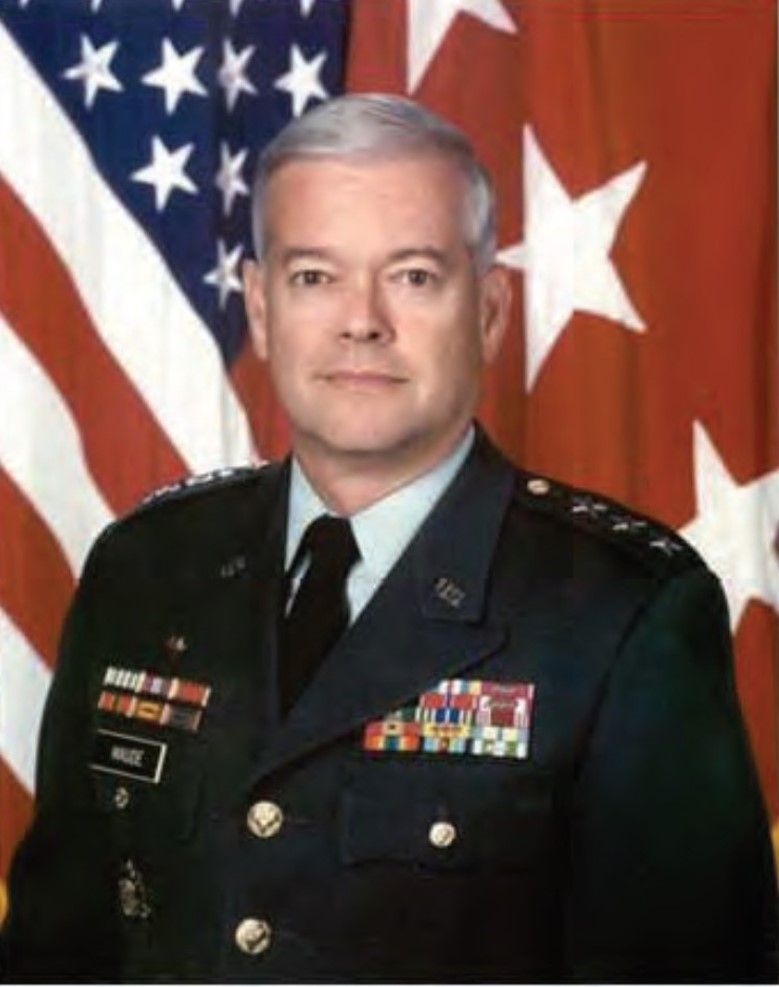
LTG Timothy J. Maude was a key leader of the Adjutant General’s Corps during an important period of transformation in the Army’s Human Resources Community. During his career, he repeatedly served in senior positions which influenced Army-wide personnel policy and led the way towards the professionalization of Army Human Resources positions. LTG Maude’s early assignments included Vietnam, where he served initially as a Postal Officer with the 7th Administration Company, 199th Infantry Brigade. It was the beginning of 35 years of distinguished AG service. Throughout his twenty assignments at all echelons of command and staff, he always said that his highest priority was taking care of the heart of the Army, both Soldiers and their Families; a job he loved with great passion. LTG Maude was first and foremost, a Soldier. His peers remember his usual introduction as, “I’m Tim Maude and I’m a Soldier.” As a creative thinker, his innovations to the Army included a visionary concept of an electronic ‘paperless’ Army, the successful “Army of One” recruiting campaign, and the Personnel Services Delivery Redesign vision for a brigade-centric Army. His outstanding service to the Army and its Soldiers ended tragically when he was killed in the 11 September 2001 terrorist attack on the Pentagon. LTG Maude was the highest-ranking officer killed in the attack and the most senior officer killed by enemy action since World War II.
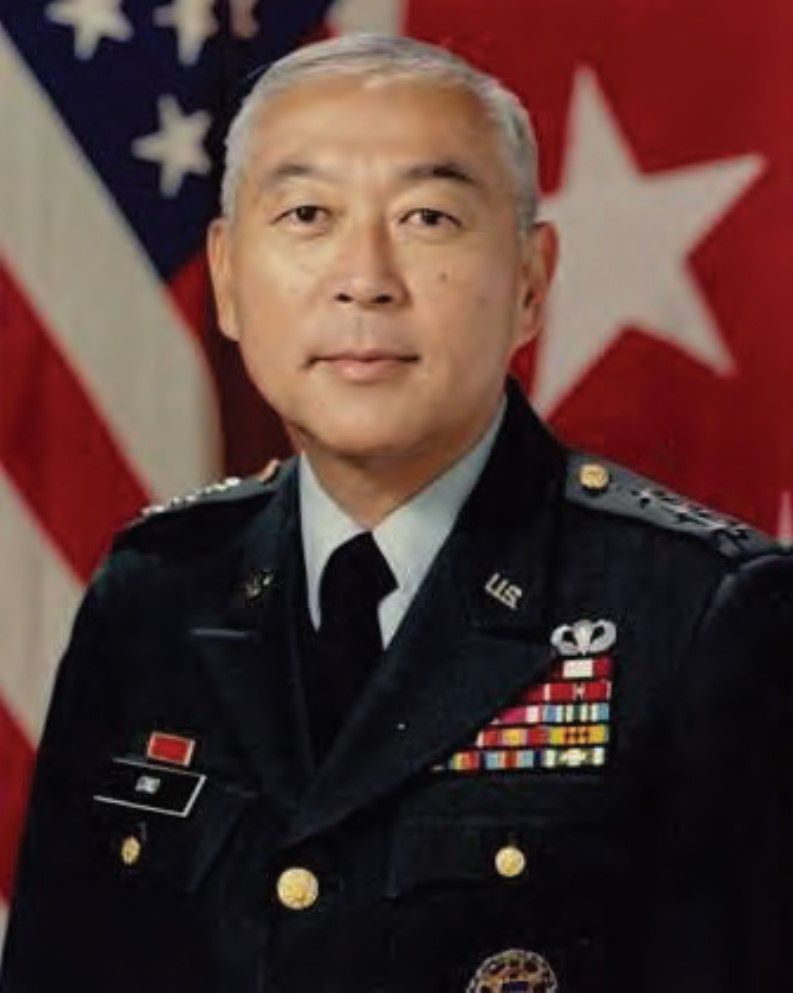
LTG (Ret) Allen K. Ono guided the implementation of the Army’s first automated administrative system by overseeing the prototype fielding of the Installation Integrated Administrative Support System (IIADSS) at Fort Benning, GA. The IADSS was the Army’s first wholly automated administrative system that integrated all office administration and management areas. IIADSS combined word processing, internal communications, text and data processing, photo composition, and micrographics into one system designed to improve the efficiency and effectiveness of administrative support at a significantly lower cost. The Military Postal Service Agency (MPSA) was formally organized on 1 June 1980 to serve as the single Department of Defense point of contact with the U.S. Postal Service on military postal service policy and operations. LTG (Ret) Ono served as the MPSA’s first Executive Director, streamlining operations and improving worldwide postal support for all military services through effective planning, programming, and budgeting despite rapidly escalating postal costs.
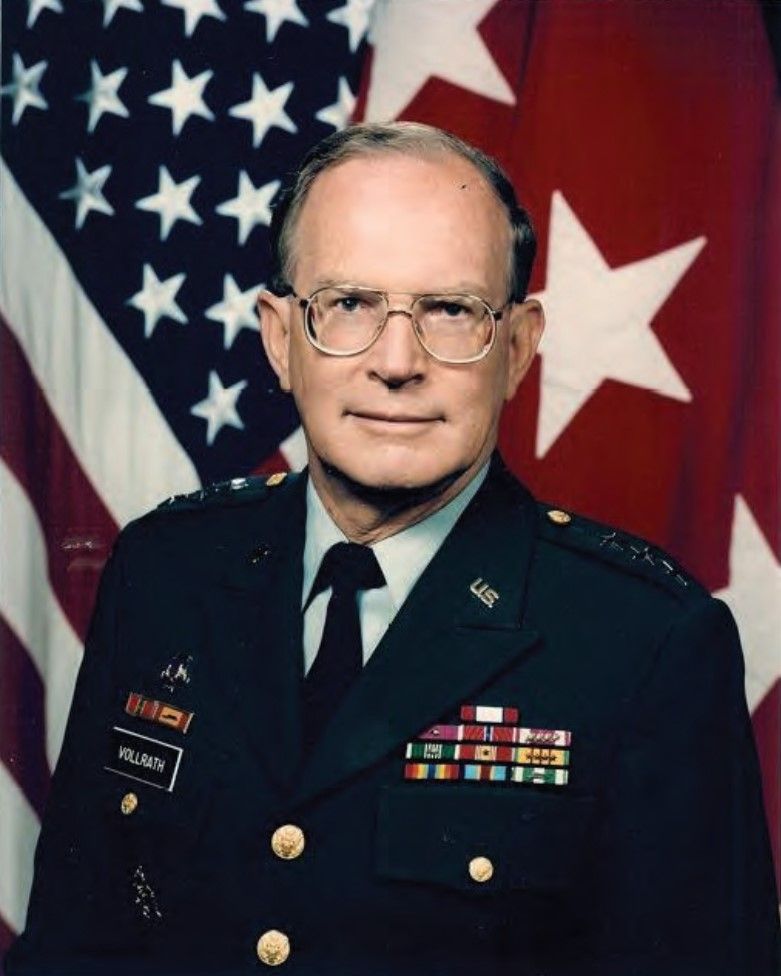
LTG (Ret) Frederick E. Vollrath was the second Adjutant General’s Corps officer appointed to the rank of Lieutenant General in 220 years of Army history, and the first appointed to that grade having served his entire Army career of 35 years as an Adjutant General’s Corps officer. While LTG (Ret) Vollrath has had a significant impact in all of his AG assignments, one of his greatest impacts was during his four years, starting in 1988, as the Director, Enlisted Personnel Management Directorate (EPMD), United States Total Army Personnel Command, Alexandria, VA. At EPMD he provided the leadership and management for the Total Army Enlisted force build-up to support Desert Shield and Desert Storm. Following the war’s success, LTG (Ret) Vollrath was equally successful in the immediate drawdown of the Army by over 400,000 Soldiers. The Army’s combat readiness was maintained at historic levels throughout this turbulent period, concurrent with special care for Soldiers and their Families. LTG (Ret) Vollrath’s success was recognized when he was awarded the Distinguished Service Medal, a decoration unusual for his rank at the time.
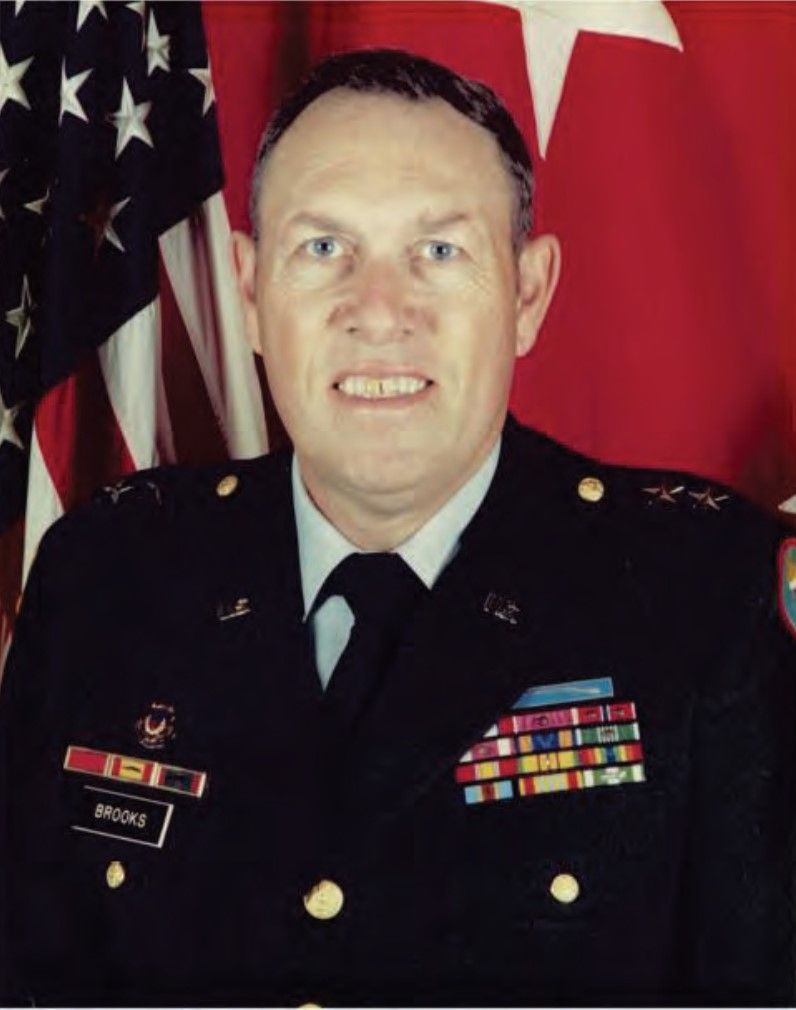
Throughout his distinguished military career, MG (Ret) Ronald E. Brooks significantly contributed to perpetuating the history of the U.S. Army Adjutant General’s Corps. Among his many accomplishments, MG (Ret) Brooks, under a Base Realignment and Closure mandate, disestablished the U.S. Army Soldier Support Center (SSC), Fort Benjamin Harrison, IN, and relocated the U.S. Army Soldier Support Institute (SSI) to Fort Jackson, SC. At the time of the move, MG (Ret) Brooks executed the relocation or consolidation of the following schools to either Fort Jackson, or other BRAC locations: AG School, Finance School, Recruiting & Retention School, and NCO Academy to Fort Jackson, SC; Soldier Physical Fitness School to Carlisle Barracks, PA; and the Computer Science, Community Activities and ROTC Schools were subsumed by other major Army commands. His leadership and exemplary execution in relocating the new SSI resulted in Fort Benjamin Harrison being identified as “the model BRAC installation” for the Army. His foresight and initiative ensured no AG courses were missed during the transition, and Family support continued on both ends of this historic move.
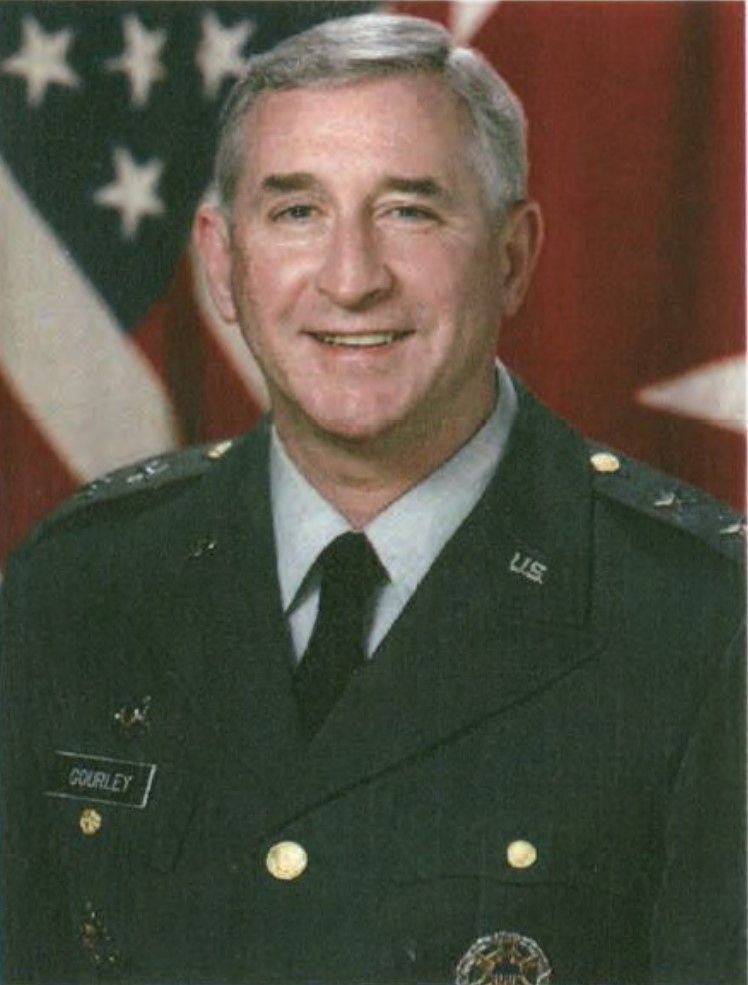
MG (Ret) William H. Gourley was a professional Adjutant General’s Corps Soldier. His significant accomplishments, mentorship, and guidance set the azimuth for the future role of the Adjutant General’s Corps, transitioning the Corps from an insular technical field to an integrated combat and Soldier focused Branch of the Army. As Director of Enlisted Personnel Management, Human Resources Command, MG (Ret) Gourley led a force realignment that balanced the Army’s MOS structure, specifically in developing the force’s combat support structures. MG (Ret) Gourley served as the “mover and catalyst” for the development of the following Career Management Fields (CMFs): CMF 63, Mechanical Maintenance, and CMF 67, Aircraft Maintenance. MG (Ret) Gourley was significantly instrumental in implementing an Army-wide airborne recruiting plan and strengthening combat service support manning for airborne units, improving upon the nation’s and the Army’s rapid deployable force projection capability. Upon MG Gourley’s retirement, he continued his dedication to Soldier welfare. In May 1990, the Regiment recognized his service to Soldiers as the Adjutant General’s Corps Honorary Regimental Colonel, which he served with distinction until 1999. Afterward, he served as the AG Corps Regimental Colonel Emeritus until his death in 2008.
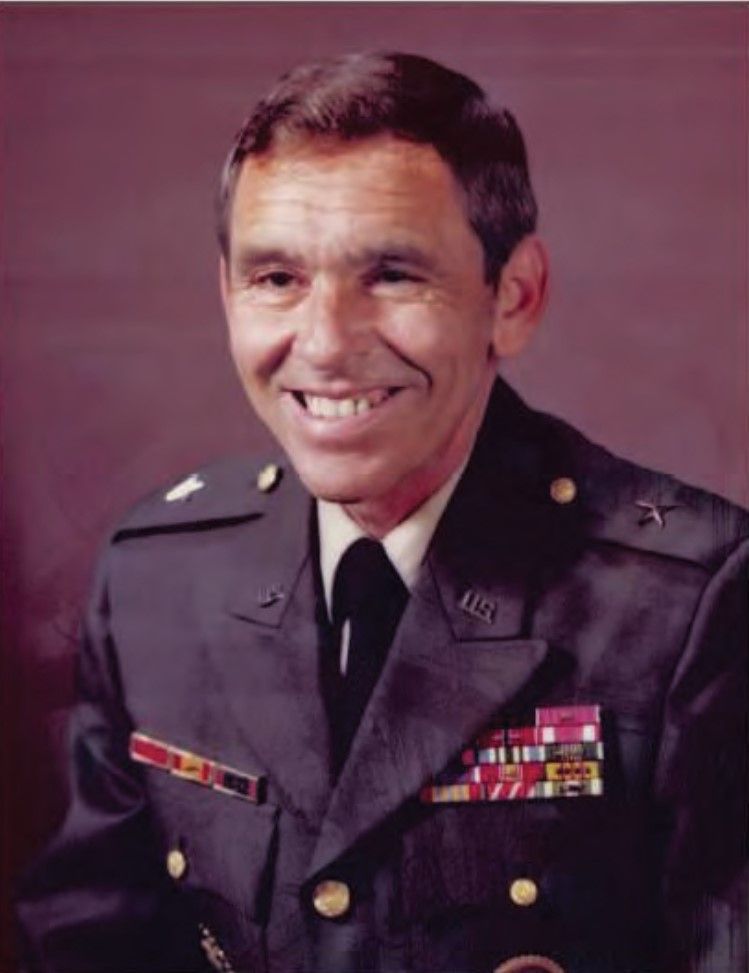
MG (Ret) Robert M. Joyce was a transformational leader whose legacy to the Army and the AG Corps includes creating and being the first to command both 1st PERSCOM, USAREUR – now reorganized under the USAREUR G1, and the U.S. Army Community and Family Support Center (CFSC) – later redesignated the Family and Morale Welfare and Recreation Command. His other contributions include creating the Army’s “Training with Industry” program and creating the Standard Installation and Division Personnel Reporting System (SIDPERS), which served as the backbone for the Army’s personnel information management system covering two decades. MG Joyce was one of the key AG leaders who led the Human Resources (HR) transition from a Vietnam-era Army to the Army we know today. He devised new redeployment methods, minimizing the number of drafted Soldiers required to be trained and deployed to combat. His study and analysis laid the groundwork for a future all-volunteer fighting force.
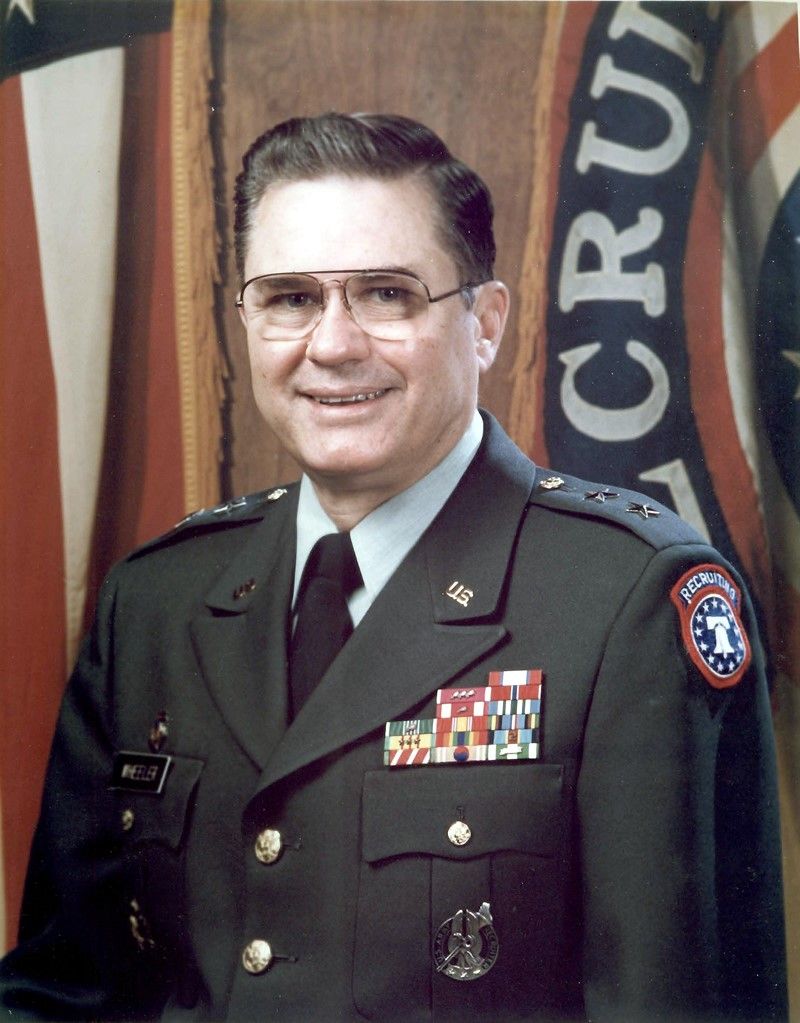
MG (Ret) Jack C. Wheeler was an essential force multiplier during the downsizing of the Army in the early 1990s. While Commander of the United States Army Recruiting Command, he began the paradigm shift from the Vietnam draft Army to the modern era of volunteer recruits. After Operations Desert Shield and Desert Storm and during the downsizing of the Army, the accession requirement was increased by 10,000, from 65,000 to 75,000 new recruits annually. MG (Ret) Wheeler significantly increased the selection requirements for initial enlistments by raising the percentage of recruited Soldiers with high school diplomas and lowering test category IV acceptances. MG (Ret) Wheeler’s new conditions were more restrictive than any standing law or policy required at the time. Due to the higher recruiting standards implemented, USAREC enabled the manning of the “quality” all-volunteer Army with a continuous increase of higher-class Soldiers. This new caliber of new recruits ultimately had a positive and lasting effect on the Army as a whole and as we know it today.
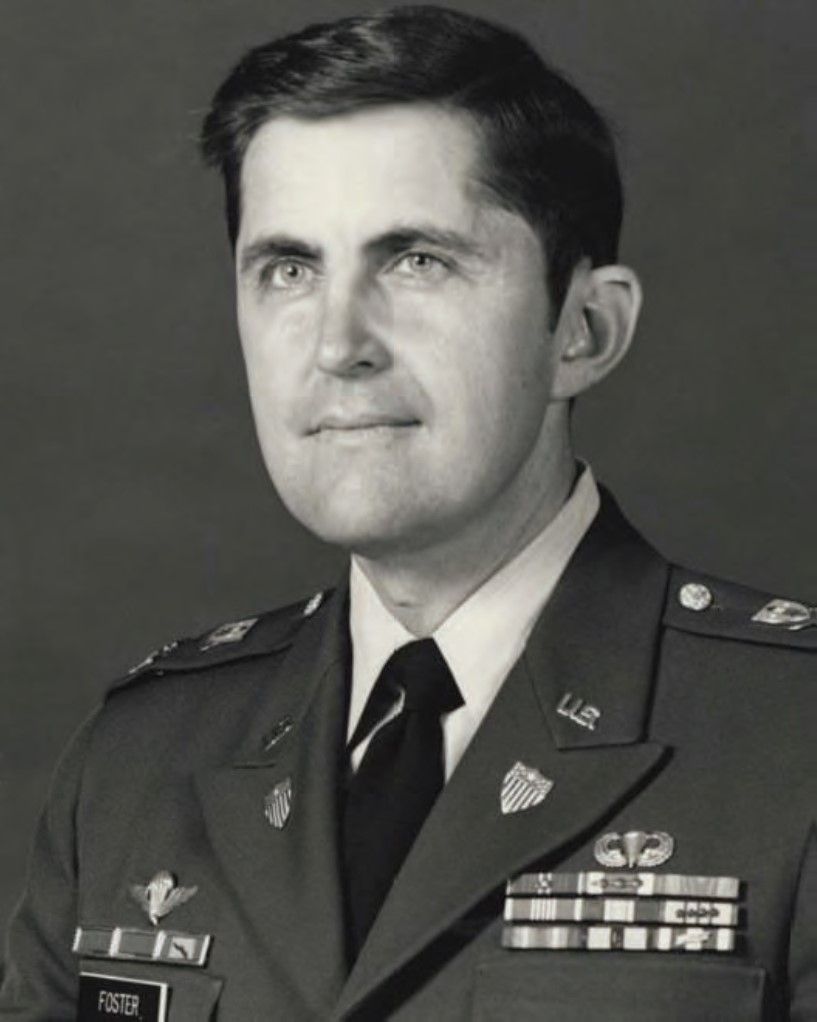
COL (Ret) Frank C. Foster, Jr., is considered the founding father of the Adjutant General’s Corps “Regiment” when the Army’s Regimental System was first established. He meticulously organized and activated the Adjutant General’s Corps Regiment on 17 June 1987 and, at the time, celebrated the 212th anniversary of the Army’s AG Corps. Corresponding with the AG Corps Regimental activation, COL (Ret) Foster also planned, coordinated, and activated the Adjutant General’s Corps Regimental Association (AGCRA), which serves as the Army’s Human Resources (HR) professional organization that we know today. Following AGCRA’s activation in 1988 COL (Ret) Foster launched “1775”, the AGCRA Journal, which is still in publication today. The Regimental Association was designed to promote the Corps, bring Army HR professionals together, and serve as a professional network to mentor and educate AG Soldiers and Civilians. Through his action, COL (Ret) Foster played a significant role in renewing the Corps’ history and bringing the traditions back to the AG School and at the time Fort Benjamin Harrison.
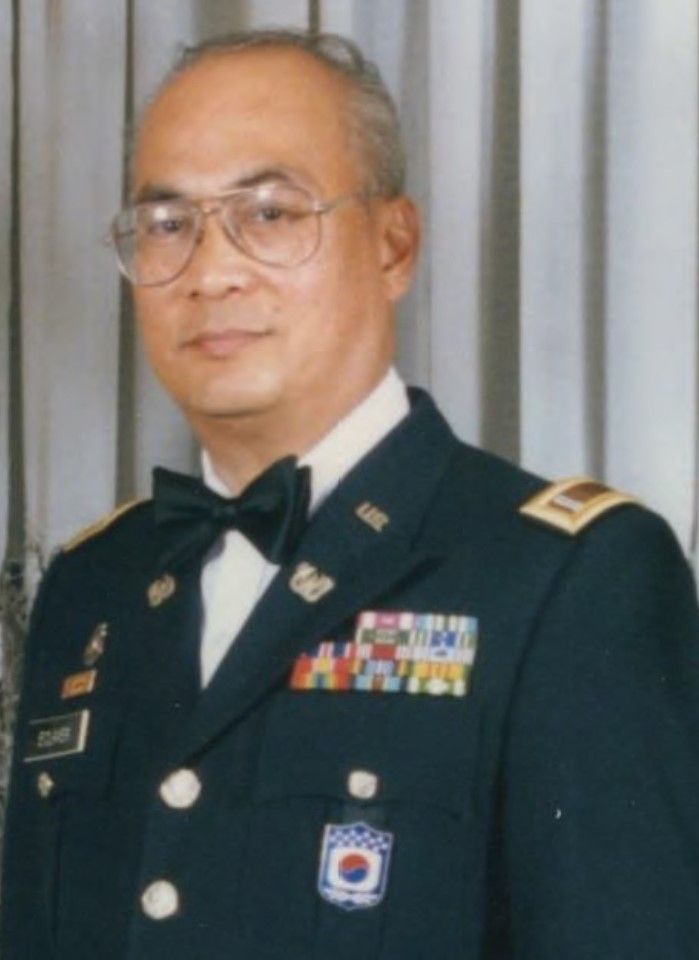
CW5 (Ret) Antonio B. Eclavea holds the honor of having served as the most senior Chief Warrant Officer in the United States Army. Spanning over 90 years of history, the Warrant Officer Corps is regarded as the most competent and experienced in its profession. The CW5 grade was created in 1992 to retain the most senior and experienced Warrant Officers. CW5 (Ret) Eclavea maintains the distinction of being the first Army Warrant Officer to be promoted to CW5 in the Adjutant General’s Corps. He serves as the standard-bearer for every Warrant Officer in the U.S. Army.
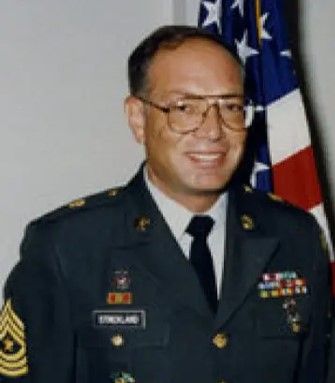
During his thirty-year Army career, SGM Larry Strickland made significant and sustained contributions to the U.S. Army Adjutant General’s Corps. He held various positions throughout his career, including Personnel Sergeant, First Sergeant, Engineer Branch Sergeant Major, culminating with the demanding position of the Army’s Deputy Chief of Staff for Personnel (DCSPER) Sergeant Major. He was an advisor to the Sergeant Major of the Army on all inquiries concerning enlisted personnel policies. SGM Strickland was an acknowledged AG professional and served as the Army’s personnel expert on DA Level Task committees that developed the Army’s vision for a new NCO Corps. The Larry Strickland Educational Leadership Award (SELA) honors the memory of SGM Strickland, a victim of the September 11th terrorist attack on the Pentagon while he served as the DCSPER SGM; he represents all Soldiers and civilians lost in the global war on terrorism.
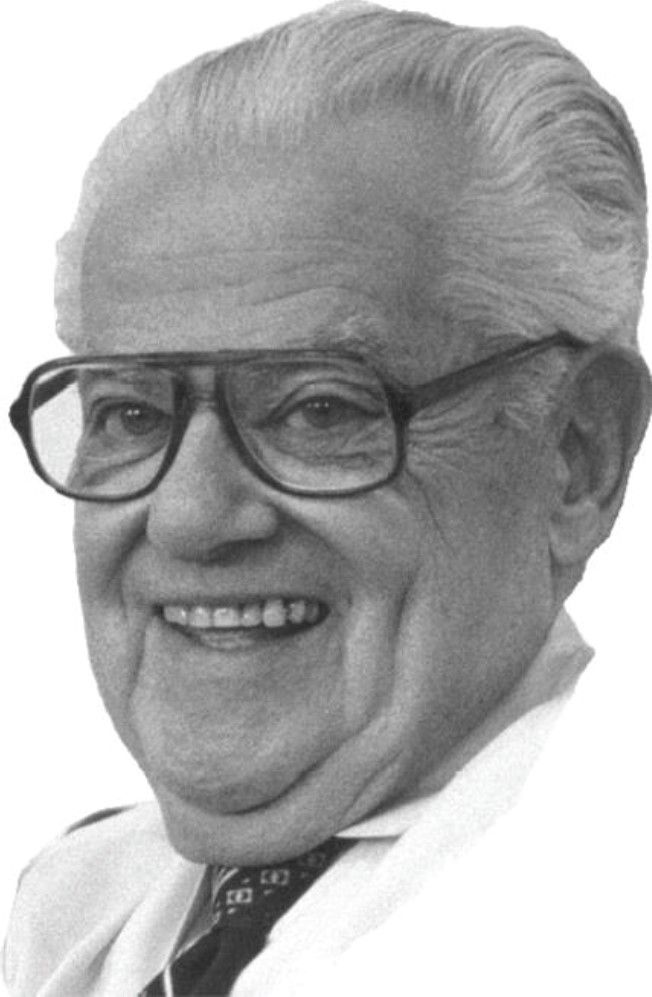
Mr. John J. Dinnien served as an Army Civilian employee for 50 excellent years as part of the US Army’s Adjutant General’s Corps. His extended Family was the Soldiers of our great Army, and he spent his entire life caring for them. Mr. Dinnien established the USAREUR AG Liaison Office in Heidelberg, Germany, and its counterpart in Alexandria, VA, which provided personnel services to Soldiers for well over 30 years. The Liaison Office was the primary source of communication between the USAREUR AG and Headquarters, Department of the Army (HQDA). Mr. Dinnien also established the General Officer Management Office (GOMO) in Europe. He coordinated with DA GOMO daily and personally completed all general officer personnel actions for USAREUR. When presented with a personnel issue, whether a Private or General, Mr. Dinnien gave every Soldier the same degree of care, respect, and urgency. Taking care of Soldiers was his watchword, his daily goal, and the standard he lived by. His selfless service and commitment as a member of the AG Corps and to Soldiers and their Families was second to none. Before becoming a civilian in the AG Corps, Mr. Dinnien served in WWII as an Enlisted Soldier with the 7th Army and USAREUR HQs. This would begin a long and fruitful career in the Army’s human resources community.
AG Corps Distinguished Member of the Corps (DMOC)
Class of 2010
LTG Timothy J. Maude
LTG (Ret) Allen K. Ono
LTG (Ret) Frederick E. Vollrath
MG (Ret) Verne L. Bowers
MG (Ret) Ronald E. Brooks
MG (Ret) William H. Gourley
MG (Ret) Robert M. Joyce
MG (Ret) Patricia P. Hickerson
MG (Ret) Jack C. Wheeler
COL (Ret) Frank C. Foster, Jr.
CW5 (Ret) Antonio B. Eclavea
CW5 (Ret) Daniel J. Logan
CW5 (Ret) Arbie V. McInnis
CW4 (Ret) Donald E. Hess
CW4 (Ret) Harry Rider, Jr.
CSM (Ret) Michael L. Armstead
CSM (Ret) Carl E. Bowen
CSM (Ret) Joseph M. Himelick
SGM Larry L. Strickland
SGM (Ret) Daniel P. Daly
Mr. John J. Dinnien